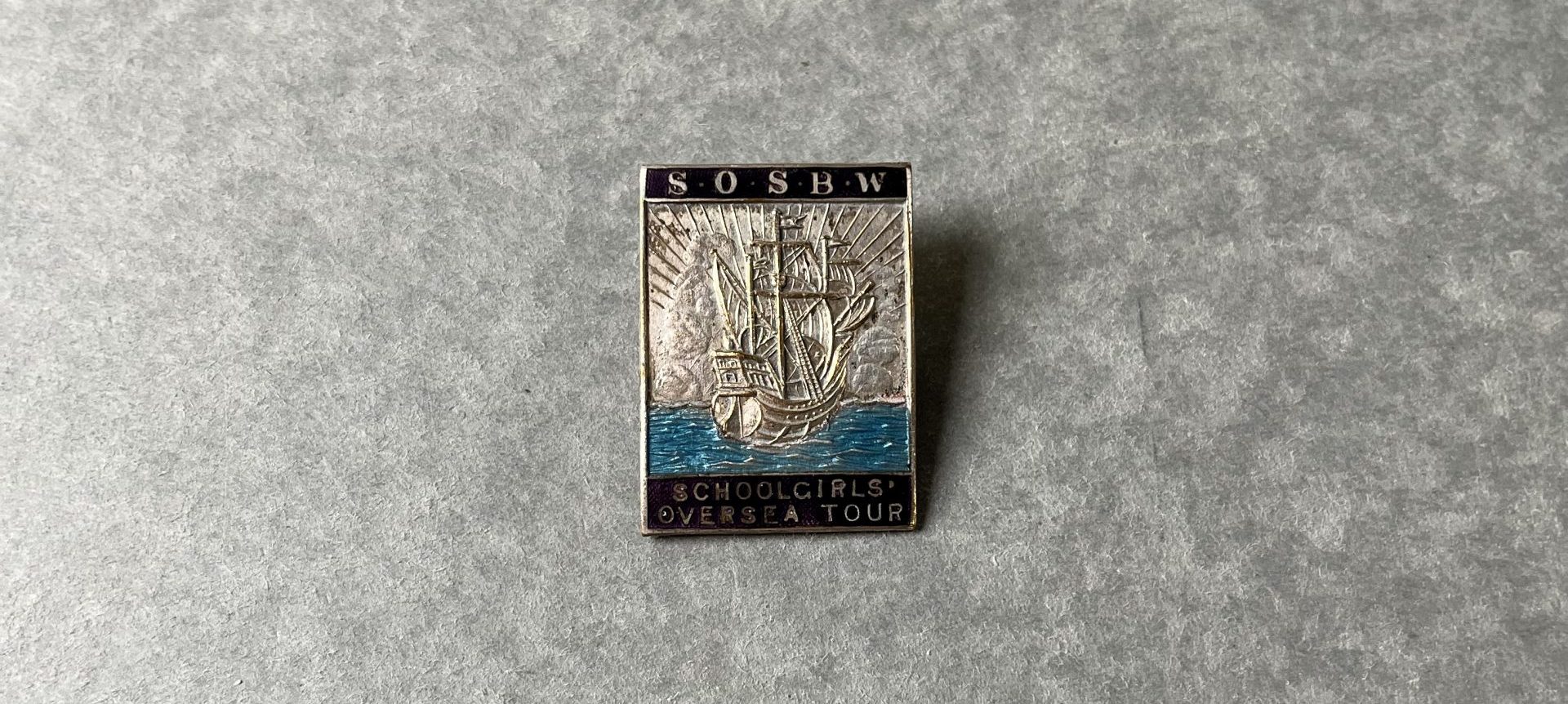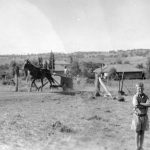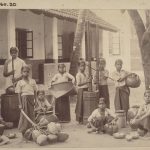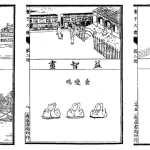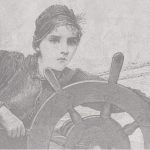Beginning in 1928, the Society for the Overseas Settlement of British Women (SOSBW), an off-shoot of the Overseas Settlement Committee, launched four educational and international tours for schoolgirls. Its 1934 tour of Australia, New Zealand, and eight other British strongholds was its most ambitious.
This silver pin, now housed at the Alexander Turnbull Library in Wellington, NZ, belonged to nineteen-year-old Patsy Townsend from Bath, who attended with her sister Barbara. Upon their departure on August 2nd each girl received a pin depicting Francis Drake’s Golden Hind. According to a press quote by one SOSBW administrator, the tour would be an important lesson in “that unique political phenomena the British Empire”, with the pin representing the journey of the schoolgirls, “discovering for themselves new land overseas.”
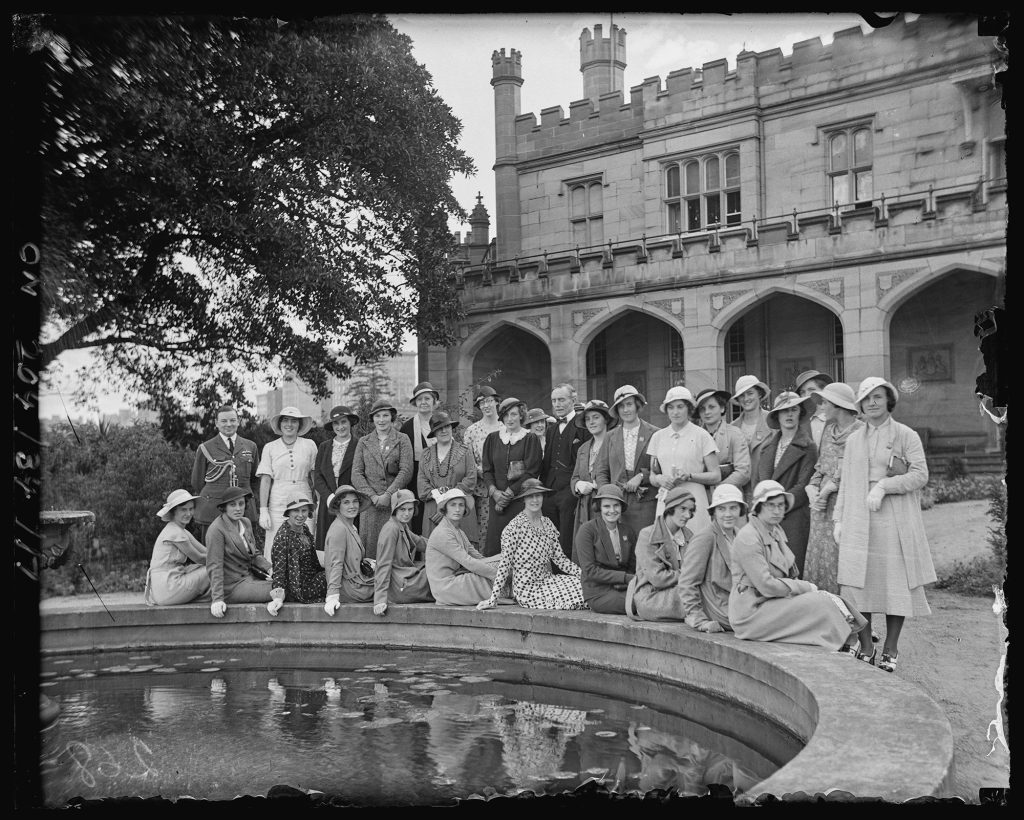
The pin denoted Patsy and her twenty-four fellow schoolgirls as future female leaders of a progressive empire. In the same era that British women finally gained the vote, women also dove into the politics of the imperial world, reflecting Allison Light’s claim that interwar Britain appeared both conservative and modern, able to “simultaneously look backwards and forwards”. The demographic of the schoolgirls reflected these expectations for British female imperial citizens. In school memos sent prior to the 1934 tour, the SOSBW emphasized “the importance of including those girls only of the right outlook and spirit”, who were considered “open-minded and likely to pass on their experiences and newly gained knowledge to others”. Wealth and class likewise played a hefty role in the selection process—all the attendees, including Patsy, could pay their ways around the world through generational trusts.
Through press engagements and publicised events, the 1934 tour intended to sell a specific brand of feminised imperialism to the British public and to the schoolgirls themselves. The tour indeed had an immense impact on Patsy and others. For over seventy years afterwards, the schoolgirls kept in close touch through newsletters, reunions, and travelling. My recent project complicates the imperial legacy of the tour, suggesting that, as seen through the eyes of the schoolgirls themselves, the tour reflect a more personalised political ideology, one based on international discovery, Anglophilic associations, and the nostalgia of girlhood. For Patsy, her SOSBW pin likely did not connote imperial duty, but rather an allegiance to a specific worldview defined by being an interwar schoolgirl. Remarking in one reunion newsletter with her fellow schoolgirls in 1984, Patsy—having never married and lived most of her life travelling across Singapore, South Africa, and beyond—confirms “I am sure our World Tour. . . whetted my enormous appetite for travel”.
Megan Buiocchi (she/her/hers) is a graduate of the dual degree MA/MSc in International and World History with Columbia University and the London School of Economics. She specialises in the cultural and social histories of youth and childhood in the modern British Empire, and is interested in media consumption, citizenship, and lived experiences. Previously, Megan worked as an Associate Publicist for Penguin Random House, and is now pursuing a career in museums and heritage. https://www.linkedin.com/in/megan-buiocchi-a7abb4155/.

